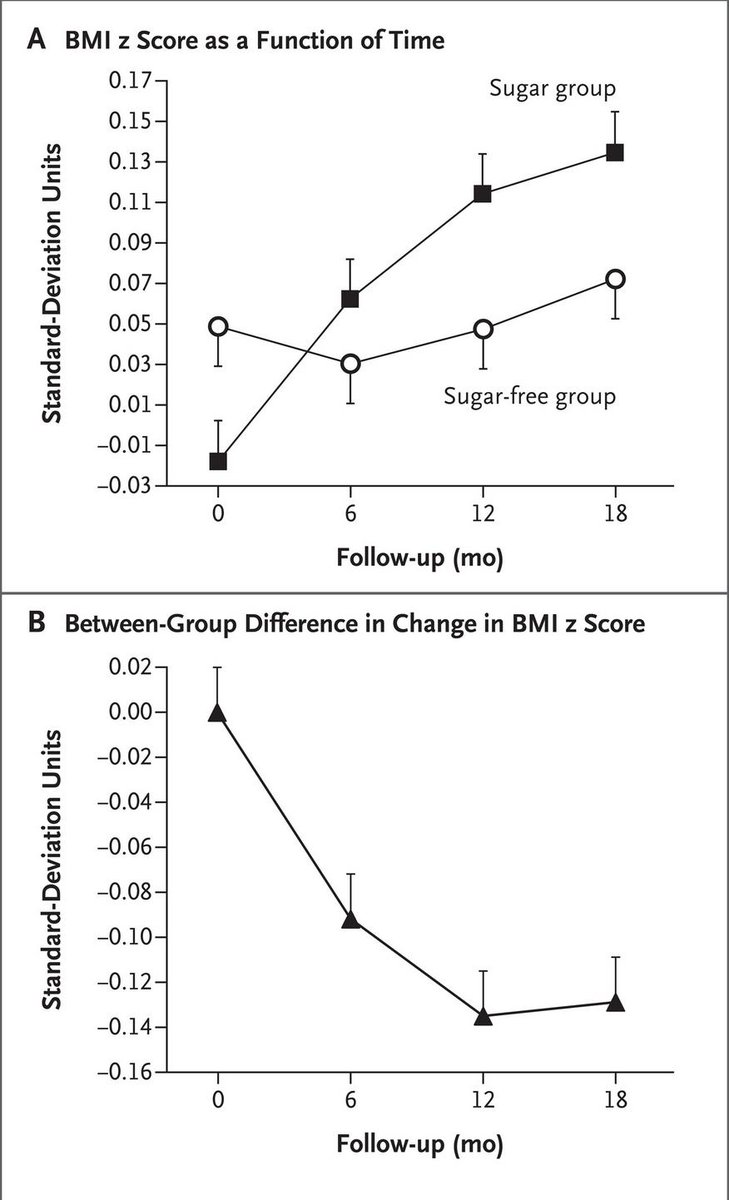A) single arm trial, assume control rate known 40% (OPC)
B) single arm trial, use 60 synthetic controls (24/60 responders)
C) randomize 2:1, augment control with 8/20 responders
D) randomize 1:1, ignore database
Keep Current with Kert Viele
This Thread may be Removed Anytime!
Twitter may remove this content at anytime, convert it as a PDF, save and print for later use!

1) Follow Thread Reader App on Twitter so you can easily mention us!
2) Go to a Twitter thread (series of Tweets by the same owner) and mention us with a keyword "unroll"
@threadreaderapp unroll
You can practice here first or read more on our help page!


